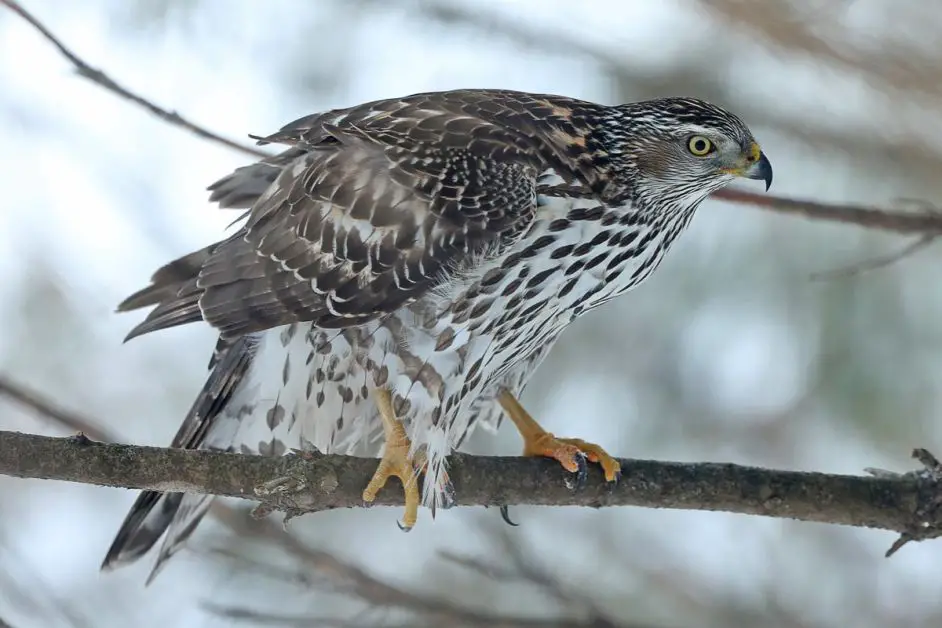Monogamous and carnivorous, the raptor is a predator present all over the world. Its way of life can be diurnal or nocturnal depending on its species. This exceptional hunter stands out from other birds with its remarkable attributes designed for predation. Here is everything you need to know about raptors.
Contents
Raptor, who are you?
The raptor is a carnivorous bird of prey. While some raptors are scavengers, most hunt for food.

A raptor can be recognized by its anatomy, which is notably characterized by:
- a hooked and very sharp beak;
- eyes with a fairly frontal position;
- and extremely powerful talons equipped with 4 toes.
The raptor is also equipped with keen eyesight and very sharp hearing. Finally, the raptor can hunt in flight, from a vantage point offering a strategic viewpoint, or by moving on land.
What is the difference between a diurnal raptor and a nocturnal raptor?
Raptors are classified into two groups that are distinguished based on their way of life.
- Diurnal raptors such as Accipitriformes (kites, vultures, hawks, sparrowhawks, goshawks, buzzards, eagles) and Falconiformes (falcons, caracaras) are mainly active during the day.
- Nocturnal raptors such as Strigiformes (owls) are active during the night.
How can the different types of raptors be recognized?
Diurnal raptors can be distinguished from nocturnal raptors based on certain physical characteristics.

Highly diverse, birds in the group of diurnal raptors have camouflage plumage that helps them blend into their environment.
- Accipitriformes are generally larger than Falconiformes.
- Falconiformes have a tomial tooth (a pointed projection on each side of the upper beak). They are “high-flying” raptors that hunt flying prey.
Nocturnal raptors are easier to recognize because they are more homogeneous:

- their ear canals are asymmetrical (designed to receive sounds from all directions);
- their eyes are surrounded by stiff feathers that form a characteristic facial disc (providing them with vision adapted to darkness);
- and their plumage is velvety (designed to emit as little noise as possible during flight).
Where can I observe raptors in nature?
Raptors are present worldwide, except in Antarctica. Plains, mountains, cliffs, agricultural areas, open or dense forest environments… Their habitats are very diverse and vary from one species to another.

However, it should be noted that large-winged birds generally avoid dense forest environments that do not allow them to move freely.









